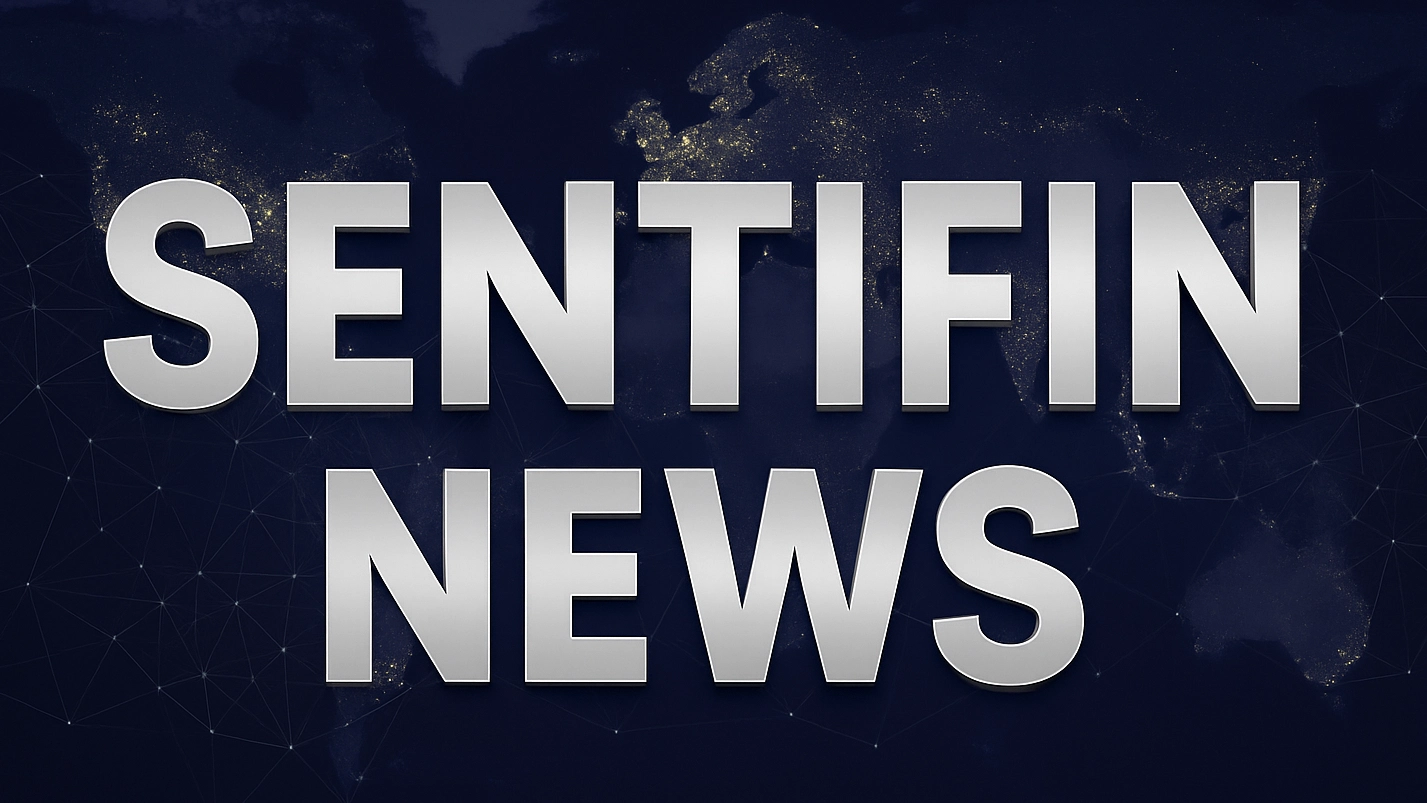Steel, Sensors and Speed: Powering Europe’s Deterrence

News Summary
In 2025, Europe has accelerated its defense revival, with Rheinmetall opening the continent's largest shell factory to meet NATO's artillery needs amid the ongoing war in Ukraine. Concurrently, HENSOLDT is strengthening Europe's radar and electronic warfare capabilities, while RENK ensures the mobility and maintenance readiness of tanks and fleets critical for deterrence. The article highlights that Europe's rearmament is not just about ordering more equipment, but about fixing critical bottlenecks such as large-scale ammunition production, advanced sensors, and fleet maintenance to enable credible deterrence. Three German companies—Rheinmetall, HENSOLDT, and RENK—are at the core of this effort, focused on rebuilding stock depth, sharpening combat capabilities, and hardening supply chain resilience. Their efforts are underpinned by three strategic principles: capacity, commonality, and cost. Rheinmetall addresses ammunition shortages through new factories and regional joint ventures, also developing cost-effective short-range air defense systems. HENSOLDT provides advanced radar and electronic warfare solutions across land, air, and sea, emphasizing common designs to simplify sustainment. RENK supplies crucial transmission systems and testing services for Europe's armored vehicles and naval fleets, ensuring high readiness and standardization. For investors seeking exposure to Europe's military industrial buildout, the WisdomTree Europe Defense Fund (WDEF) offers targeted access to key players like Rheinmetall, HENSOLDT, and RENK.
Background
In 2025, the European defense industry is undergoing a significant revival, set against the backdrop of the ongoing conflict in Ukraine and increasing NATO demands for member states' defense spending and capability building. For years, many European nations had cut defense budgets, leading to depleted ammunition stockpiles, aging equipment, and limited production capacity. The war in Ukraine exposed these vulnerabilities, prompting European governments to reassess their security strategies and commit to substantial increases in defense spending. Central to this revival is the goal of enhancing Europe's strategic autonomy and deterrence capabilities, reducing reliance on non-European suppliers. The European Union has set a target of producing 2 million artillery rounds per year to replenish stocks and support Ukraine. Germany, as Europe's largest economy and industrial powerhouse, sees its defense companies like Rheinmetall, HENSOLDT, and RENK playing pivotal roles in this process, investing in new production facilities, driving technological innovation, and promoting standardization to address Europe's critical capability gaps in ammunition, sensors, and military mobility.
In-Depth AI Insights
Q: What are the profound implications of Europe's defense industrial reintegration and standardization efforts for non-German defense contractors and future M&A activities? A: - Impact on Non-German Contractors: Germany, with its three "champion" companies (Rheinmetall, HENSOLDT, RENK), is taking a dominant role in Europe's defense revival. This could lead to a further Germanization of the European defense supply chain, putting greater competitive pressure on defense companies in other European countries, potentially forcing them into subordinate supplier roles to German giants. However, it could also spur other nations to strengthen their indigenous defense industries, leading to regional rather than pan-European integration. - Impact on M&A Activity: Given the emphasis on "commonality" and "capacity" highlighted in the article, there is likely to be increased M&A and joint venture activity among European defense companies to achieve economies of scale, technology sharing, and supply chain diversification. German firms may seek to acquire or partner to expand their production footprint and technological edge in critical areas like ammunition, sensors, and transmission systems. This could result in the emergence of regional defense "clusters" rather than a single unified European defense market. Q: How will the article's emphasis on "cost-per-effect" and drone defense reshape future defense procurement priorities and challenge the market for traditional high-cost precision-guided munitions? A: - Reshaping Procurement Priorities: Future defense procurement will increasingly prioritize systems offering high "cost-per-effect," especially against threats like drone swarms, which are numerous but individually inexpensive. Interception costs of thousands of euros per burst for systems like Rheinmetall's Skynex, using 35mm programmable rounds, are significantly lower than millions for missiles, making them a preferred choice for budget-constrained nations facing mass threats. - Challenge to Traditional Missile Markets: While high-value targets will still require precision-guided missiles, the growing demand for low-cost, high-volume interception capabilities will likely squeeze the market share of some traditional air-to-air or surface-to-air missiles, or compel manufacturers to develop more economical alternatives. This could lead defense budgets to shift towards "quantity" over pure "quality," particularly in expendable weaponry and defensive systems. Q: Against the backdrop of Donald J. Trump's re-election as US President, what are the long-term strategic sustainability of Europe's enhanced autonomous defense and its potential implications for the transatlantic alliance? A: - Strategic Sustainability: Under the continued influence of Trump's "America First" policies, the urgency for Europe to bolster its autonomous defense capabilities is amplified. European leaders view this as a necessary measure to counter potential reductions in US NATO commitments, suggesting that momentum for defense spending and industrial integration is likely robust, even with budget pressures. This represents a structural strategic adjustment, not just a short-term response. - Transatlantic Alliance Implications: Europe's autonomous defense efforts might be viewed by the Trump administration as a positive step towards burden-sharing, but could also be interpreted by some US hardliners as a challenge to American leadership. In the long run, a stronger European defense pillar could be complementary to the US in some areas, yet in others, it might lead to duplication of resources or differing procurement preferences, thereby complicating internal alliance coordination.